Shopping around for a solar kit? Look no further! Whether through an online search or a local retail store, you’ll find plenty of sets containing the necessary components to construct your very own solar panel. Prices typically vary from around a couple hundred bucks all the way up to a substantial thousand dollars, with lots of options in between.
When selecting a solar kit, its size should be carefully considered. Available in different sizes, solar panels can generate anything from enough energy to light up a flashlight to enough to power an entire home. The quantity of electricity required will dictate how large of a panel is necessary.
When selecting a solar panel, the wattage capacity is a primary concern. While greater wattage will generate more electricity, it also comes with a higher price tag. Looking for a balance between power and cost is essential.
When making solar panel decisions, it’s essential to factor in the type of panel. Monocrystalline and polycrystalline are two key varieties. The former is composed of a single silicon crystal and proves more adept at capturing natural light and converting it into electricity; however, it also tends to be pricier. Conversely, polycrystalline solar panels are constructed using multiple silicon crystals and deliver a more cost-effective option.
After determining the desired dimensions, caliber, and configuration of solar panel you require, it’s time to start browsing for a solar kit. Fortunately, there are lots of online dealers that sell such items, as well as some more traditional brick-and-mortar outlets.
Prior to picking out the ideal solar set up for your needs, be sure to peruse reviews and investigate the costs of various systems so that you can determine the best price and quality.
With your solar kit in hand, it is time to assemble the pieces. The provided instructions will guide you through the assembly process in just a few easy steps. Typically, putting your solar panel together requires minimal effort and is often completed in a matter of minutes.
Your freshly-assembled solar panel is nearly ready to be deployed. For the greatest efficiency, the directions that come with the set will provide information on where precisely the device should be fitted. Generally speaking, mounting to a roof requires creating a few punctures and placing the panel by using screws securely.
Setup for the solar panel is complete – a crucial step before the juice can start flowing. Now comes the noteworthy task of connecting it with an inverter that does the hard work of transferring DC power generated by the solar panel into the readily-usable AC electricity for household appliances.
With your newly installed solar panel, you can realize the advantage of harvesting electric energy directly from the sun. The quantity of energy harvested is determined by the size of the panel and how much sunlight it can capture.
Living in an area that is blessed with plenty of sunshine often translates into a bountiful amount of energy being produced, however if you live in an area where the sun is not quite as prevalent, your energy productivity will be lessened accordingly.
Did you know that the energy you generate can be used to power your house, or it can be sold back to the electricity grid? If you produce more energy than you require, the surplus can be returned to the grid to receive a reduction on your electricity bill.
To access the highest level of power potential, adding multiple solar panels to your property is a smart choice. Connecting additional panels enhances the amount of energy you can produce simultaneously.
Harnessing the power of the sun is an easy and economical way to help protect the environment. If you are looking to reduce your electricity expenses and your carbon footprint, building a solar panel is a great option. A solar kit is the perfect starting point to get you on the path of harnessing an inexhaustible energy source for your own use.
Post time: 2023-07-01
Related Product
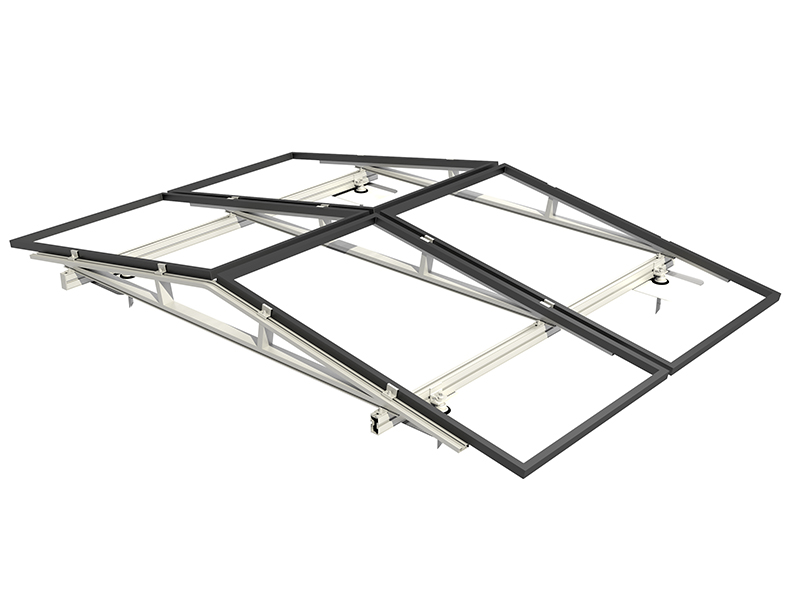
Inclined roof photovoltaic support
V support system for inclined roof The inclined roof installation system is suitable for all kinds of inclined roofs. According to the roof bearing capacity and waterproof requirem […]
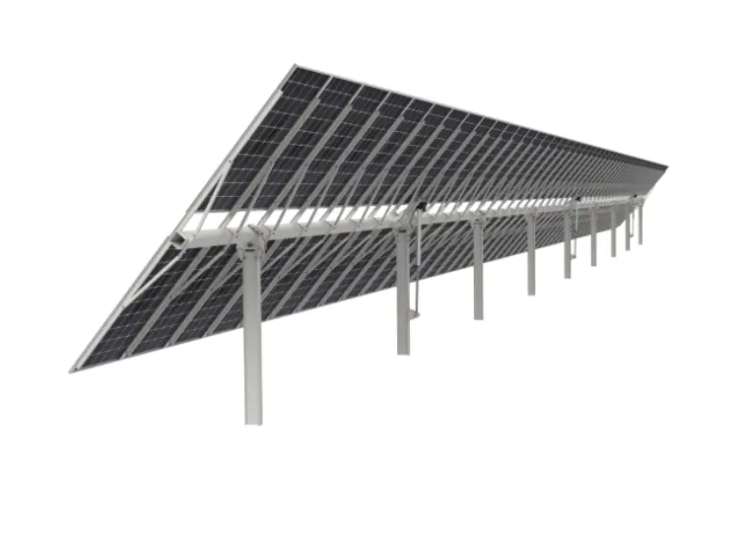
PV bracket tracking system
Ground tracking photovoltaic support Fully adapt to 210 major components The product has been tested in CPP wind tunnel Use AI algorithm to optimize tracking mode Irregular land is […]
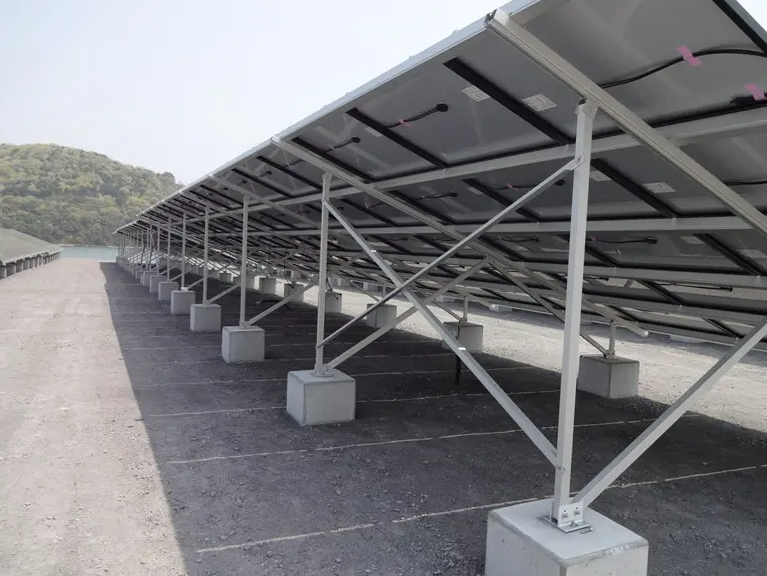
GROUND MOUNT PV Support
Placement position Ground Applicable component type Framed or frameless solar panels of various sizes Raw materials of support aluminium alloy Installation angle According t […]
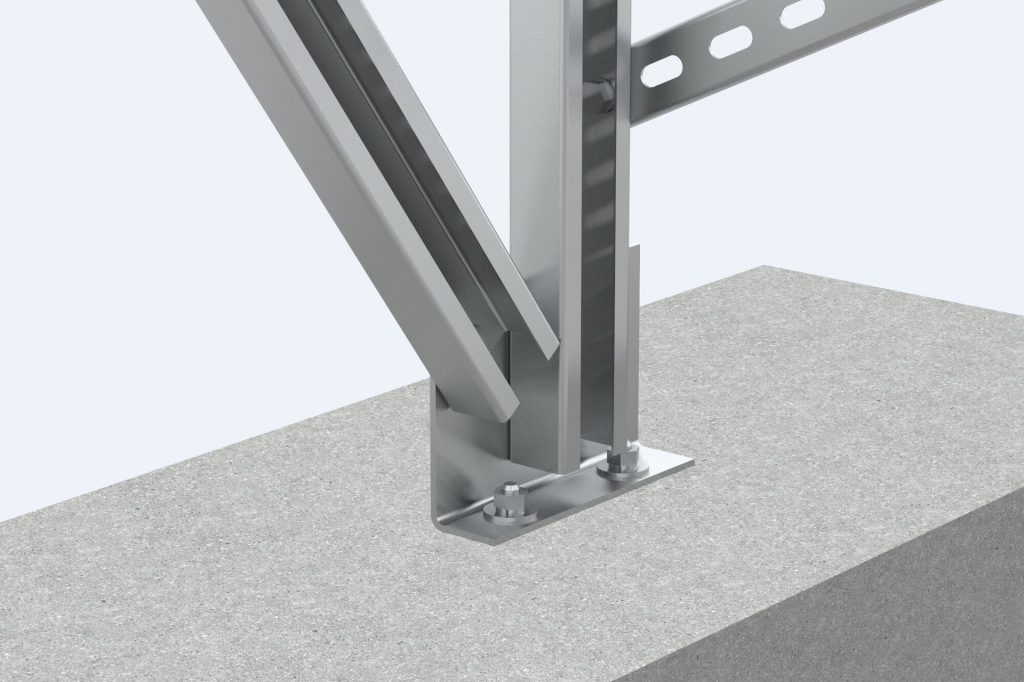
Flat roof photovoltaic support
Flat roof photovoltaic support Analysis of installation and construction problems of flat roof photovoltaic power station The external roof system on the roo […]
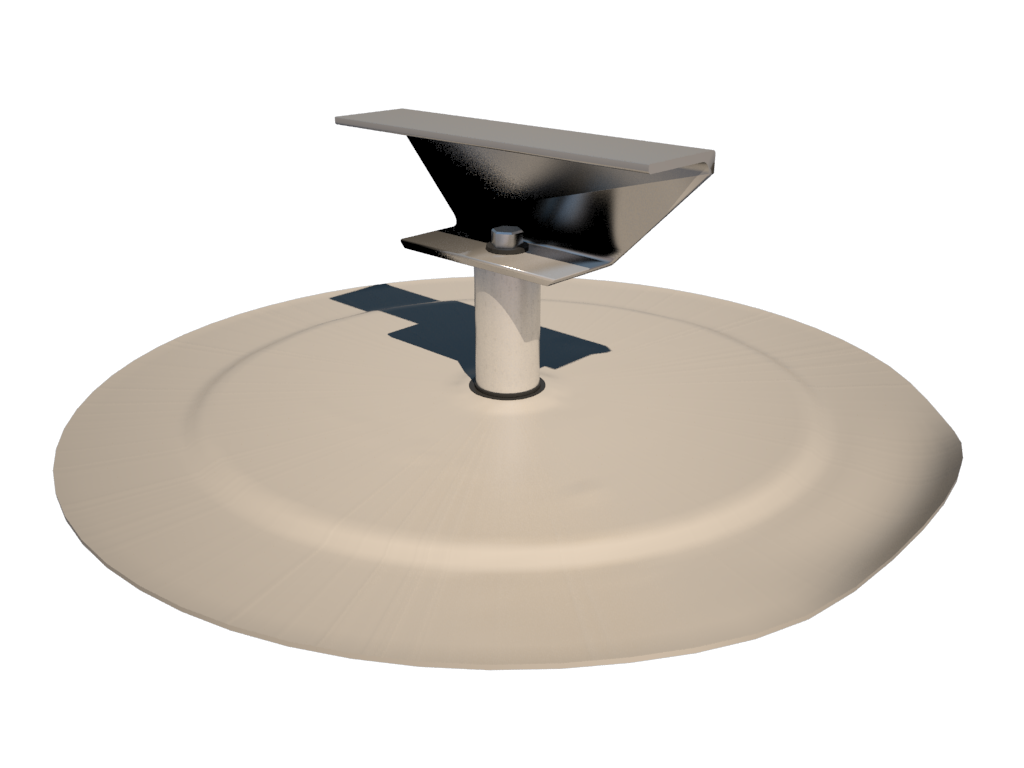
PV bridge support
Features of PV bridge support products: Strong resistance to negative wind pressure, good stability, strong bearing capacity and strong lateral tensile capacity; Easy and fast ins […]
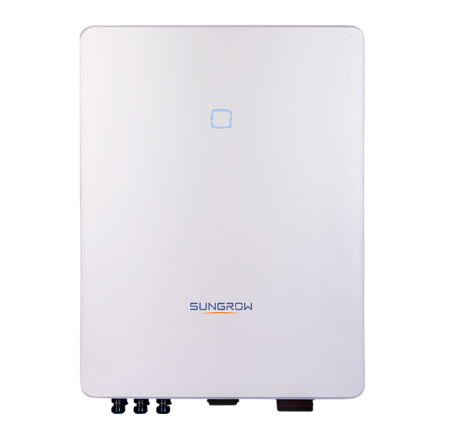
PV inverter
PV inverter (PV inverter or solar inverter) can convert variable DC voltage generated by photovoltaic (PV) solar panel into AC inverter of mains frequency, which can be fed back to […]
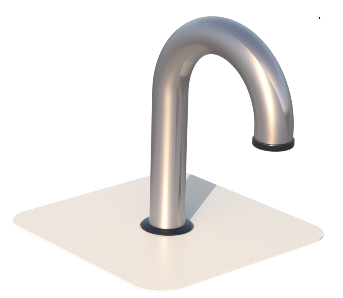
PV support KITS
What is Cable conduit? A metal protective tube with certain mechanical strength laid on the outer layer of the cable to prevent the cable from being damaged Cable threading […]

Solar panel
PV Kits for fields, flat and pitched roofs The kit using photovoltaic support system is critical to photovoltaic support, including wind calculation speed, order picking speed and […]
